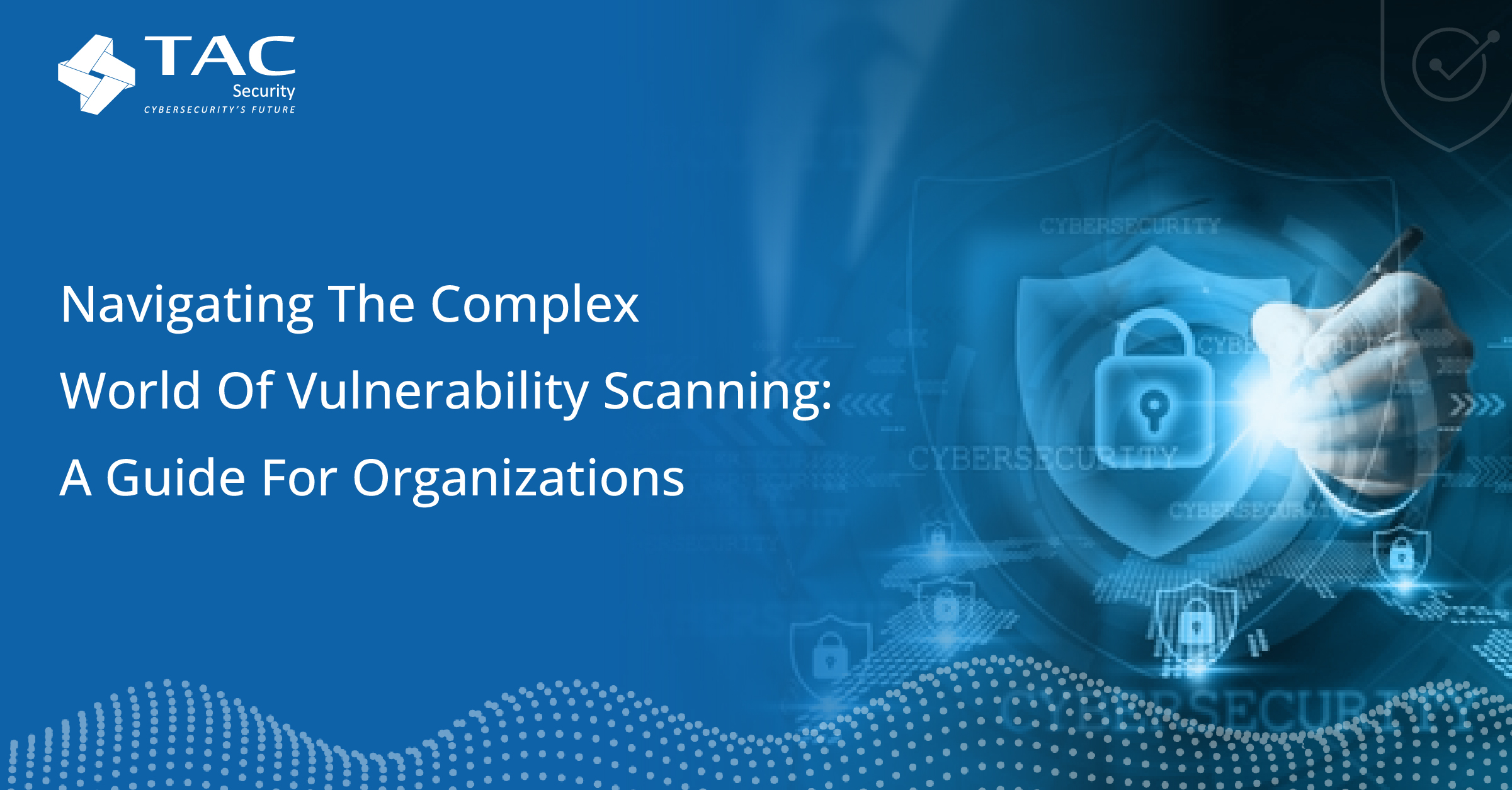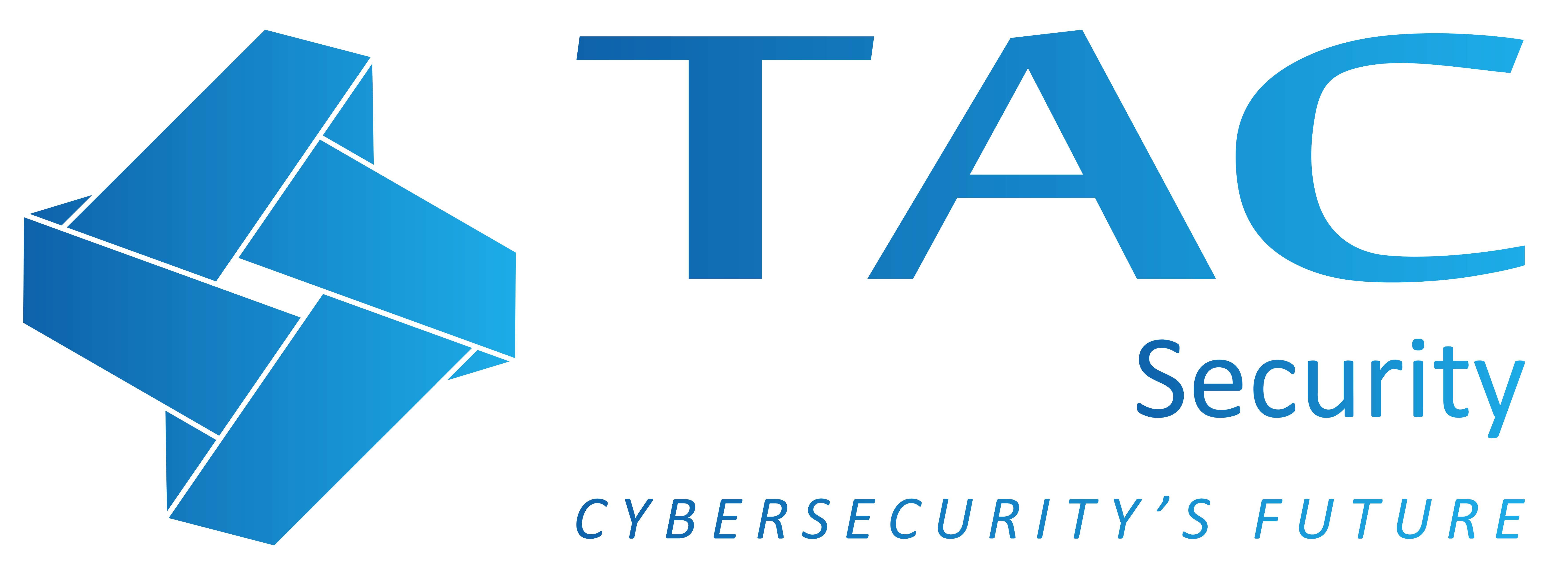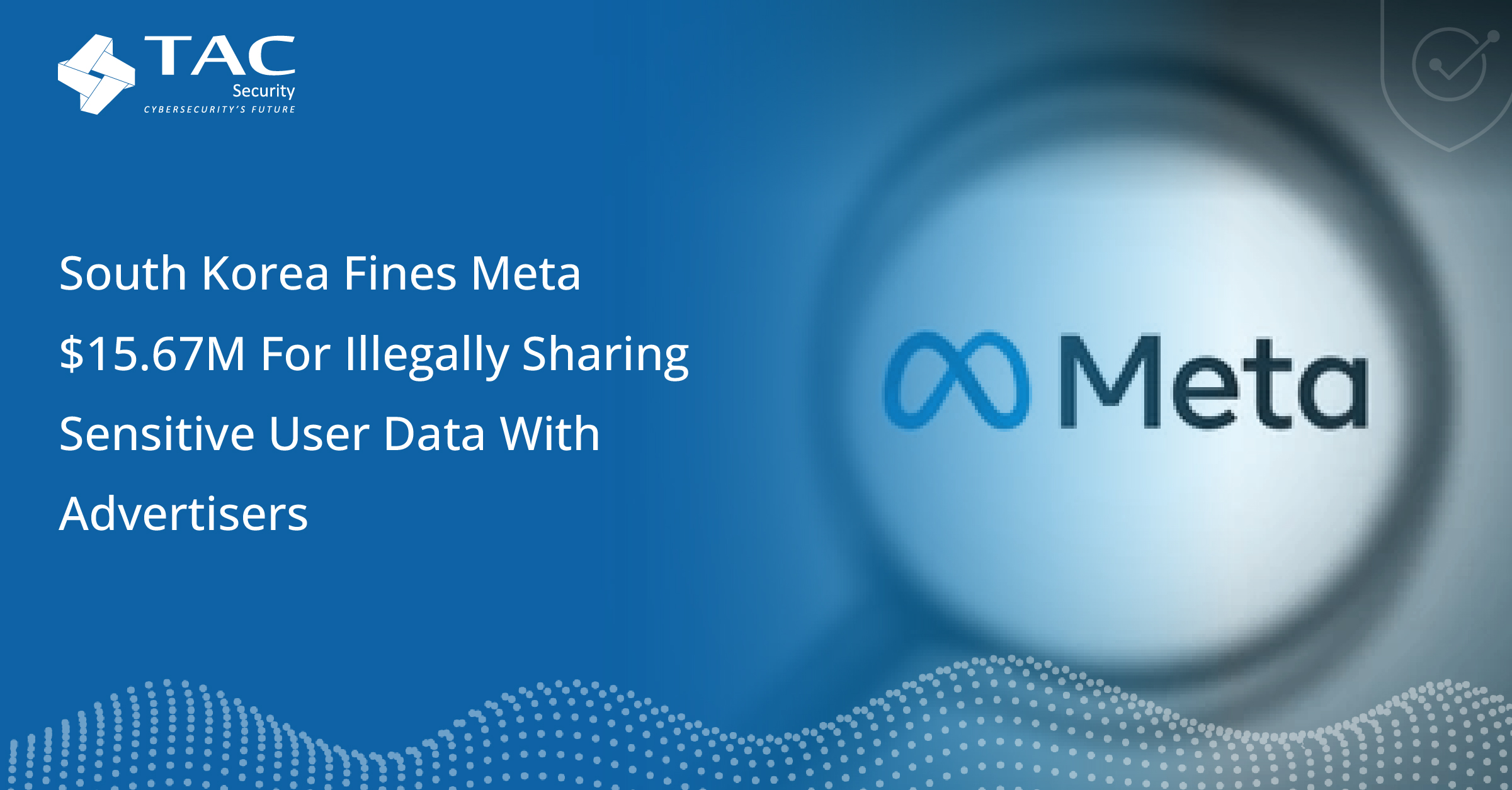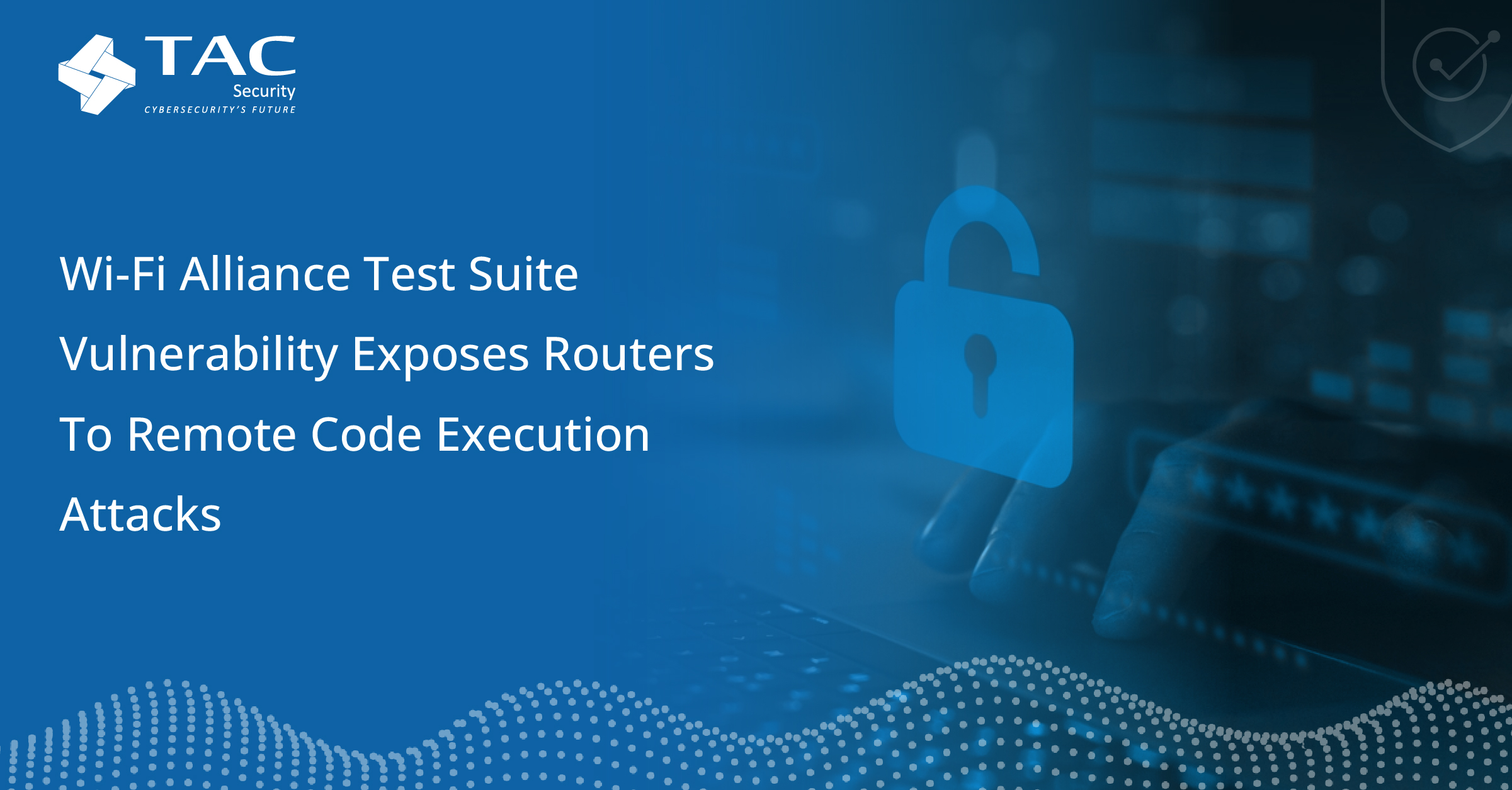Navigating the Complex World of Vulnerability Scanning: A Guide for Organizations

As organizations increasingly integrate digital technologies into their operations, safeguarding infrastructure and applications has become more complex. Unaddressed vulnerabilities can result in severe consequences, including data breaches, operational disruptions, and significant financial and reputational damage. To mitigate these risks, a robust vulnerability scanning program is essential for protecting critical assets. However, with a multitude of vulnerability scanning tools available, selecting the right one can be a daunting task. This article outlines the key factors to consider when choosing a vulnerability scanner and explores how TAC Security’s suite of products can enhance your organization’s cybersecurity posture.
Understanding Vulnerability Scanning Approaches
Before diving into the selection process, it’s crucial to understand the three primary approaches to application testing: Static Application Security Testing (SAST), Dynamic Application Security Testing (DAST), and Interactive Application Security Testing (IAST). Each plays a vital role in a comprehensive application security strategy.
Static Application Security Testing (SAST): SAST analyzes code at an early stage of development to identify potential vulnerabilities before they become problematic. This proactive approach helps prevent costly security issues and enhances code quality by acting as a security watchdog throughout the development process.
Dynamic Application Security Testing (DAST): DAST tests applications during runtime to identify vulnerabilities that may emerge under specific conditions or when interacting with external systems. It is essential for uncovering threats such as SQL injection, cross-site scripting (XSS), and cross-site request forgery (CSRF) that SAST might overlook.
Interactive Application Security Testing (IAST): IAST combines the strengths of both SAST and DAST, providing real-time feedback on vulnerabilities as they are discovered. This hybrid approach allows for immediate remediation and is particularly useful for identifying vulnerabilities in complex applications with dynamic components or third-party integrations.
Selecting the Right Vulnerability Scanning Tool
Choosing the appropriate vulnerability scanner involves evaluating several critical factors:
Vulnerability Database: Opt for a scanner with a comprehensive and up-to-date database. It should cover the latest threats and provide detailed information on vulnerabilities, including exploitation methods and potential impacts. This will aid in effective threat prioritization.
Accuracy and False Positive Rate: The scanner should accurately identify real vulnerabilities while minimizing false positives. High accuracy saves time and resources, and a low false positive rate ensures minimal disruptions during the development process.
Integration Capabilities: The scanner should seamlessly integrate with your development and testing environments, such as Integrated Development Environments (IDEs), Continuous Integration/Continuous Deployment (CI/CD) pipelines, and issue-tracking systems. This integration facilitates a smooth workflow and reduces manual data transfer errors.
Speed and Performance: Efficiency is crucial for scanning large codebases and applications. A scanner that operates quickly allows for more frequent scans and prompt identification of vulnerabilities.
Scalability: Choose a scalable scanner that can grow with your organization. A scalable system ensures that security testing can keep pace with an expanding codebase and evolving application landscape.
Reporting and Remediation: Ensure that the scanner provides clear, actionable reports that guide you on the next steps for remediation. Avoid tools that only offer technical jargon without practical guidance.
Cost-Effectiveness: Consider both initial and ongoing costs, including licensing fees and maintenance. Evaluate the features, capabilities, and potential benefits to ensure a good return on investment. A scanner with lower initial costs but higher ongoing maintenance fees may not be cost-effective in the long run.
Best Practices for Integrating a Vulnerability Scanner
To effectively integrate a vulnerability scanner into your organization’s cybersecurity strategy, follow these best practices:
Understand Your Organization’s Needs: Identify critical assets and assess your risk tolerance. Define security goals and outline objectives to prevent data breaches and protect essential services.
Shift-Left: Incorporate the vulnerability scanner into the development and testing phases to identify threats early and cost-effectively. Provide immediate feedback to developers to encourage secure coding practices.
Continuous Automated Scanning: Implement regular automated scans to detect and address new threats efficiently. Continuous scanning helps in real-time error detection and prompt vulnerability management.
Risk-Based Prioritization: Focus on vulnerabilities that pose the most significant risks to critical assets. Use risk assessment frameworks to evaluate vulnerabilities and prioritize remediation efforts.
False Positive Management: Customize scanning rules to reduce false positives and improve assessment accuracy. Train teams to interpret results and review false positive reports to enhance scanner performance.
Emerging Trends in Vulnerability Scanning
Several trends are shaping the future of vulnerability scanning:
AI and ML Integration: Artificial Intelligence (AI) and Machine Learning (ML) will enhance vulnerability scanners by improving accuracy, reducing false positives, and automating tasks.
Automated Remediation: Future tools will focus on automated remediation, applying patches and security controls without manual intervention.
DevSecOps Integration: Vulnerability scanning will become integral to DevSecOps pipelines, enabling early detection and remediation within development cycles.
Cloud-Native Scanning: As cloud-native architectures gain popularity, vulnerability scanners will need to adapt to comprehensively assess cloud-based assets.
Continuous Monitoring: Real-time threat detection and immediate response will become crucial through continuous vulnerability monitoring.
Evolving Vulnerability Management: Traditional practices will evolve to include continuous tracking, prioritization, and reporting.
Software Bill of Materials (SBOMs): SBOMs will offer transparency into software supply chains, helping identify and address potential vulnerabilities.
How TAC Security Can Enhance Your Cybersecurity
TAC Security provides a range of products designed to address your vulnerability management needs:
ESOF-CASA: Offers a comprehensive approach to Application Security and Compliance Assessment, helping identify and manage vulnerabilities in applications.
ESOF-VACA: Focuses on Vulnerability Assessment and Compliance Automation, streamlining vulnerability management processes and ensuring regulatory compliance.
ESOF-AppSec: Provides robust Application Security solutions, integrating with your development processes to detect and remediate vulnerabilities in real time.
ESOF-VMP: Delivers advanced Vulnerability Management and Prioritization, ensuring that critical vulnerabilities are addressed promptly based on risk assessment.
ESOF-CRQ: Enhances Cyber Risk Quantification, offering detailed insights into the potential impact of vulnerabilities and guiding strategic decision-making.
By leveraging TAC Security’s suite of products, organizations can enhance their vulnerability management efforts, integrate security into their development workflows, and stay ahead of emerging threats. Proactive vulnerability management is key to protecting your assets, maintaining compliance, and securing your position in today’s competitive digital landscape.





